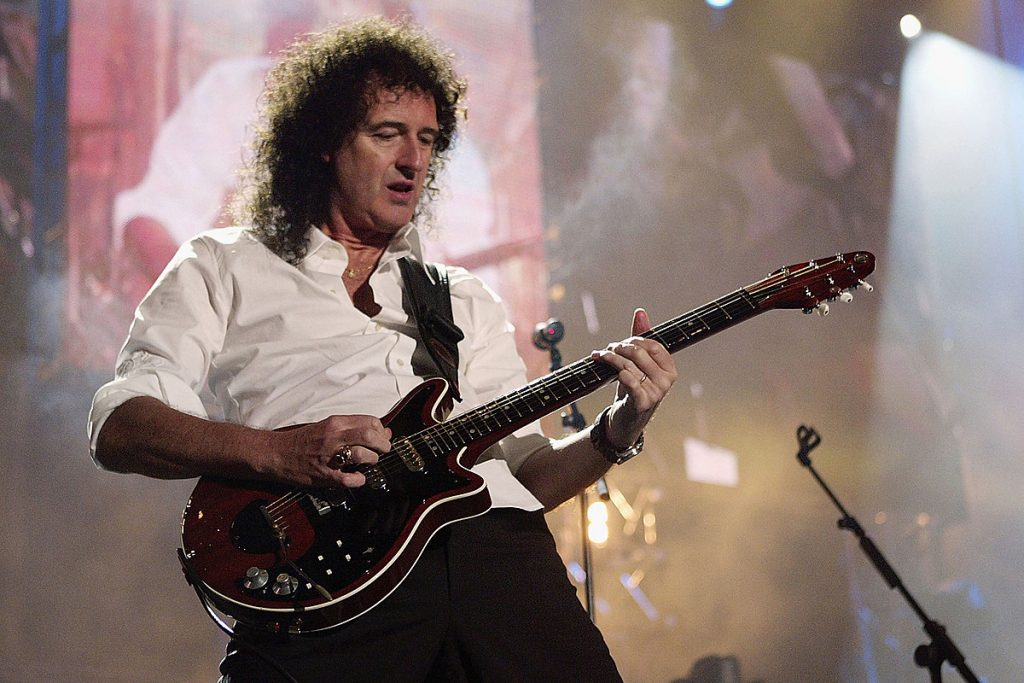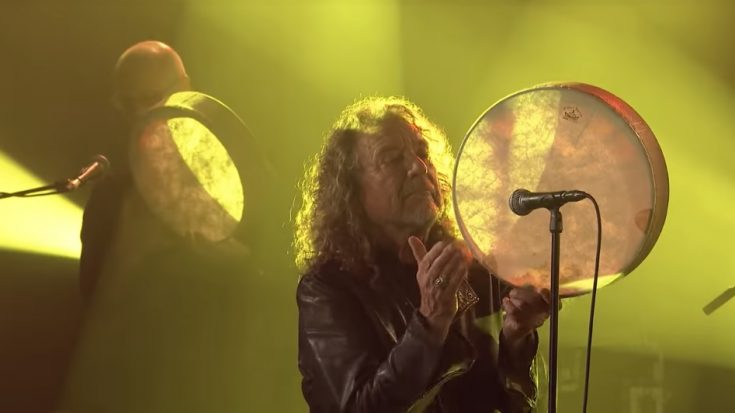Dave Mustaine recently had a lively chat with Matheus Ulliana from Rádio Kiss FM, where they delved into Brazilian music and MEGADETH’s lineup dynamics.
When asked about Brazilian songs, Mustaine chuckled and admitted, “I only know one Brazilian song, and if I tell you, you might think I’m nuts.” He then playfully hummed a bit of “Mas, Que Nada!” without knowing its title. He shared a humorous anecdote about Kiko Loureiro, MEGADETH’s former guitarist, who was their Brazilian music aficionado. Mustaine confessed that besides Kiko, he didn’t know much about Brazilian artists, although he acknowledged SEPULTURA’s talent.
Transitioning to MEGADETH’s musical journey, Mustaine discussed the recent change in their lineup. Teemu Mäntysaari stepped in as the new guitarist while Kiko took a break to be with his family. Mustaine praised Teemu as a great addition to the band, fitting in seamlessly. However, the conversation shifted to the possibility of Kiko rejoining MEGADETH in the future.
Mustaine expressed understanding and respect for Kiko’s decision to prioritize family, highlighting the importance of family over career. He mentioned that while Kiko’s return isn’t on the immediate horizon, he remains open to the idea if circumstances align. Mustaine’s recent collaboration with former guitarist Marty Friedman at a few shows showcased his openness to different lineup configurations, emphasizing his commitment to maintaining musical excellence within MEGADETH.










